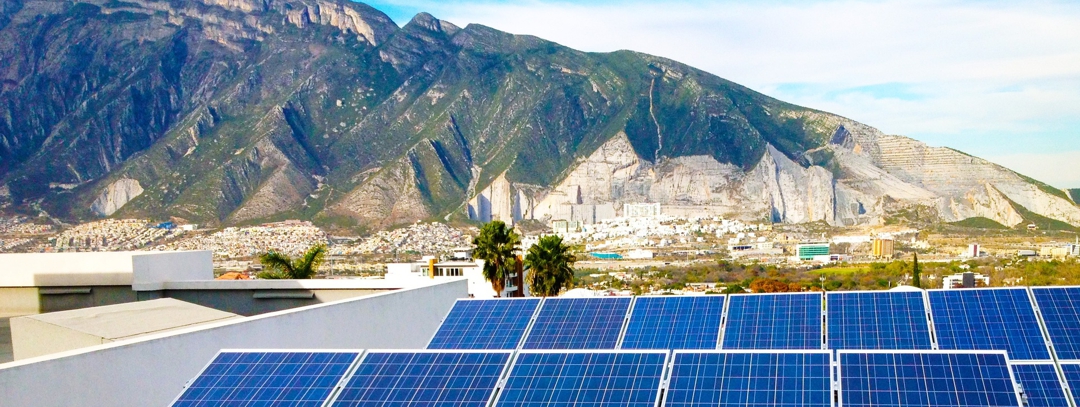
Everything is interrelated and connected. That is true at any scale, from the universe down to the microscopic. It also applies to sustainability planning, from the global level down to individual projects in the built environment.
Factors at Play
Keeping planet Earth sustainable as a suitable home for human beings now and for all future generations involves a vast array of interrelated and connected factors. Planning for these and addressing their many challenges requires a holistic approach that considers all of the following, to name just a few:
- At the essential level, humans need three things to live: air, water and food. Quality needs to be maintained and the necessary quantity needs to be provided. That is the simple answer, however all three and especially water and food, are highly complex systems.
- Population is a huge challenge. Literally. The total population arguably but most likely surpassed the sustainable carrying capacity of this planet quite some time ago. We are now seeing the many strains this is placing on all the other factors. As the population continues to increase, so will the strains.
- Like population, the rate at which humans on a per person basis are consuming the many resources of this planet also continues to increase. Resources are taken from everywhere: from on the ground, under the ground, alongside the water, and from in the water. Impacts on one resource have a ripple effect on all the others. Our consuming also frequently generates waste.
- The factor currently capturing the attention span of the world is an offshoot of resource consumption: our increasing need/desire to generate energy to power the world we’ve created. For millennia, but more so in recent centuries and especially the last century, that has included burning things. Global warming and climate change are in the news.
- Sustainability planning also requires integration with the many and varied systems of our civilization: including geopolitical, economic, infrastructure including transportation, communications, social, and cultural. The adverse impacts of unsustainability hit certain segments of the population harder, which brings inequalities and injustices into the overall equation to be solved.
- Everything noted above is from a human perspective. However, they also effect all other life on this planet including animals, birds, insects, fish, trees and plants. They also need to be included in the conversation since biodiversity is essential to life on Earth.
The Built Environment To Do List
The many global considerations are also relevant to sustainability planning for a project in the built environment. The project team should include all the appropriate persons and groups to address these.
- The traditional design professional roles of architects and engineers are now joined by sustainability consultants and environmental engineers. All work on the more obvious sustainability elements such as energy efficiency, water conservation, appropriate material selections and overall environmentally responsive design.
- The whole team needs to make sure the built environment is right-sized. Just as the planet can be overpopulated, it can also be overbuilt.
- The team, including planners and landscape architects, needs to think outside the boxes. The built environment needs to be better designed since it is placed in the midst of nature’s environment, which is already the best design.
- Commissioning agents, managers and facilities staff can help the team to optimize the utilization and efficiency of the built environment, in both design and operation.
- While vendors, suppliers and manufacturers are selling things within our economic system, they can also provide valuable input on more sustainable materials, products, systems and technologies.
- Integrating with society’s systems includes working with multiple organizations, public and private infrastructure, and regulatory agencies, at the local, regional and national levels. Neighbors and the community should have a seat at the table.
- Just like the end product and its use into the future, the building process itself should be sustainably planned and executed. Hence the builders are also a key member of the team.
- Owners, operators and end users of the built environment can provide valuable insights on meeting their needs efficiently and sustainably. Engaging them in the process also tends to foster more efficient and sustainable practices into the future.
While some members of the team may be experts on certain aspects and will focus on those during the process, it is beneficial to include as many parties as possible in all topics of discussion, since everything is interrelated.
 Mike Herman is a Senior Architect with the Planning Design & Construction department at the University of Arizona. Primary aspects of that role include project management and sustainability coordination. He has over 30 years of experience as an architect, in the private sector during the first half of his career and in higher education facilities for the second half.
Mike Herman is a Senior Architect with the Planning Design & Construction department at the University of Arizona. Primary aspects of that role include project management and sustainability coordination. He has over 30 years of experience as an architect, in the private sector during the first half of his career and in higher education facilities for the second half.
Learn more about the sustainably built environment on our podcast with Mike: The Built Environment: Sustainability Principles at Work